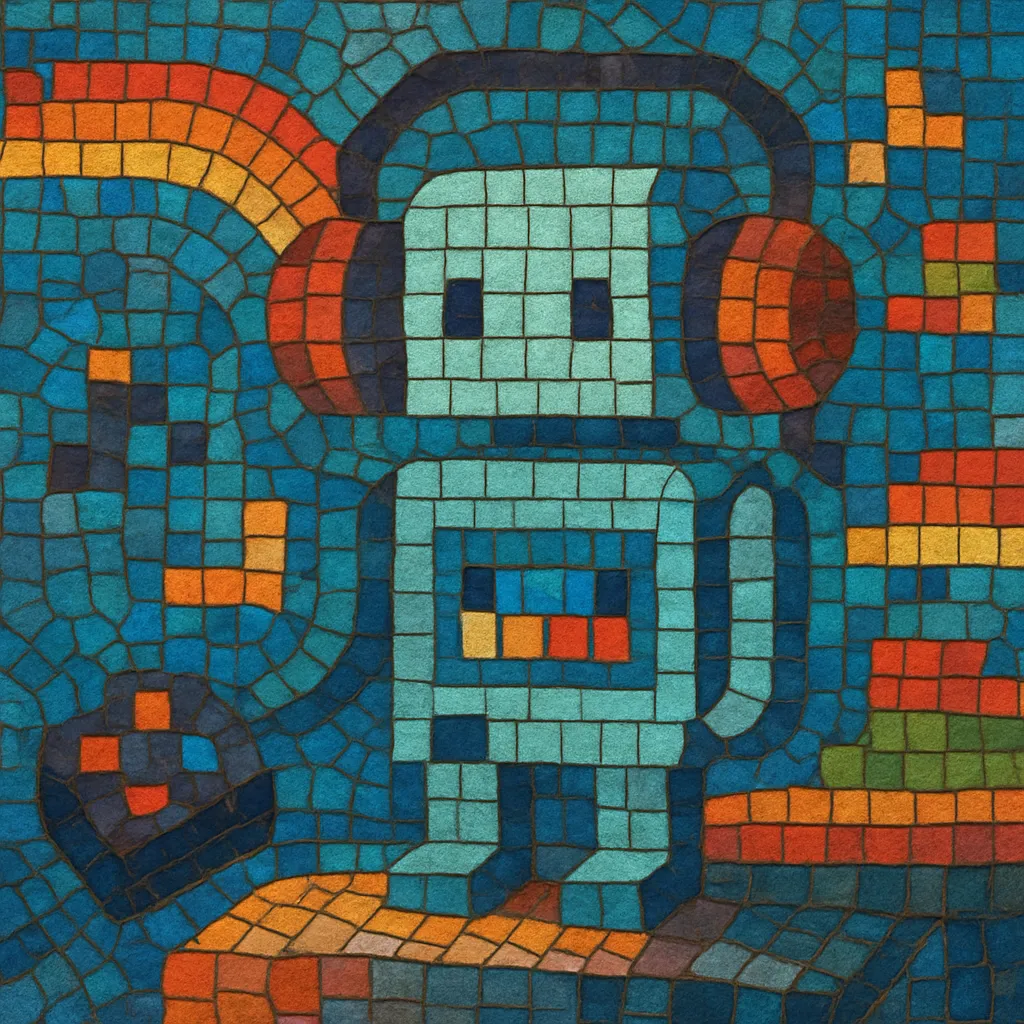Bitpop is a pop-oriented offshoot of the chiptune/chipmusic scene that marries hook-driven songwriting with the timbres of vintage 8‑bit and 16‑bit game hardware. Typical sound sources include the pulse, triangle, and noise generators of consoles like the Nintendo Game Boy, NES/Famicom, and Commodore 64 SID, sequenced in trackers and layered with modern drums, bass, guitars, and vocals.
The style favors bright, catchy melodies, ultra-quantized rhythms, rapid arpeggios (to imply chords on limited sound chips), and bitcrushed or downsampled textures. Songs usually follow contemporary pop structures (verse–chorus–bridge), aim for danceable tempos, and evoke playful, nostalgic "video‑game" aesthetics while maintaining the polish of modern pop production.
Bitpop grows out of the tracker/demoscene and the emergent chipmusic community that began repurposing game hardware as instruments. Online hubs such as micromusic.net (founded 1998) and netlabels like 8bitpeoples (founded 1999 in New York) helped consolidate a scene that prized 8‑bit sound design. While much early chipmusic was instrumental and experimental, a subset began applying these timbres to overtly pop forms.
During the 2000s, artists and bands fused chiptune sound palettes with pop, indie, and rock frameworks. Groups and solo acts from the U.S., Sweden, Japan, and the U.K. released music that foregrounded earworm melodies and conventional songcraft, effectively defining “bitpop” as pop written with chip instruments. Affordable tools (LSDJ on Game Boy, Famitracker/Deflemask on PC, and chip-inspired plugins) lowered barriers and spread the sound globally.
The 2010s brought higher-profile releases, tours, and syncs, with bitpop-adjacent acts scoring games and crossing into festival lineups. The sound became familiar to wider audiences via indie games, internet culture, and streaming platforms. Vocals, live instrumentation, and full-range EDM/rock production increasingly framed chip leads and arpeggios, making the style accessible beyond the core chip scene.
Bitpop’s vocabulary—PSG leads, noise snares, rapid arps, and “8‑bit” ear-candy—persists across modern pop and internet-born genres. Elements surface in hyperpop, kawaii electronic substyles, and even pop-punk and EDM hybrids. Contemporary creators continue to compose on original hardware or faithful emulations, blending lo‑fi chip tone with high‑gloss pop aesthetics.


